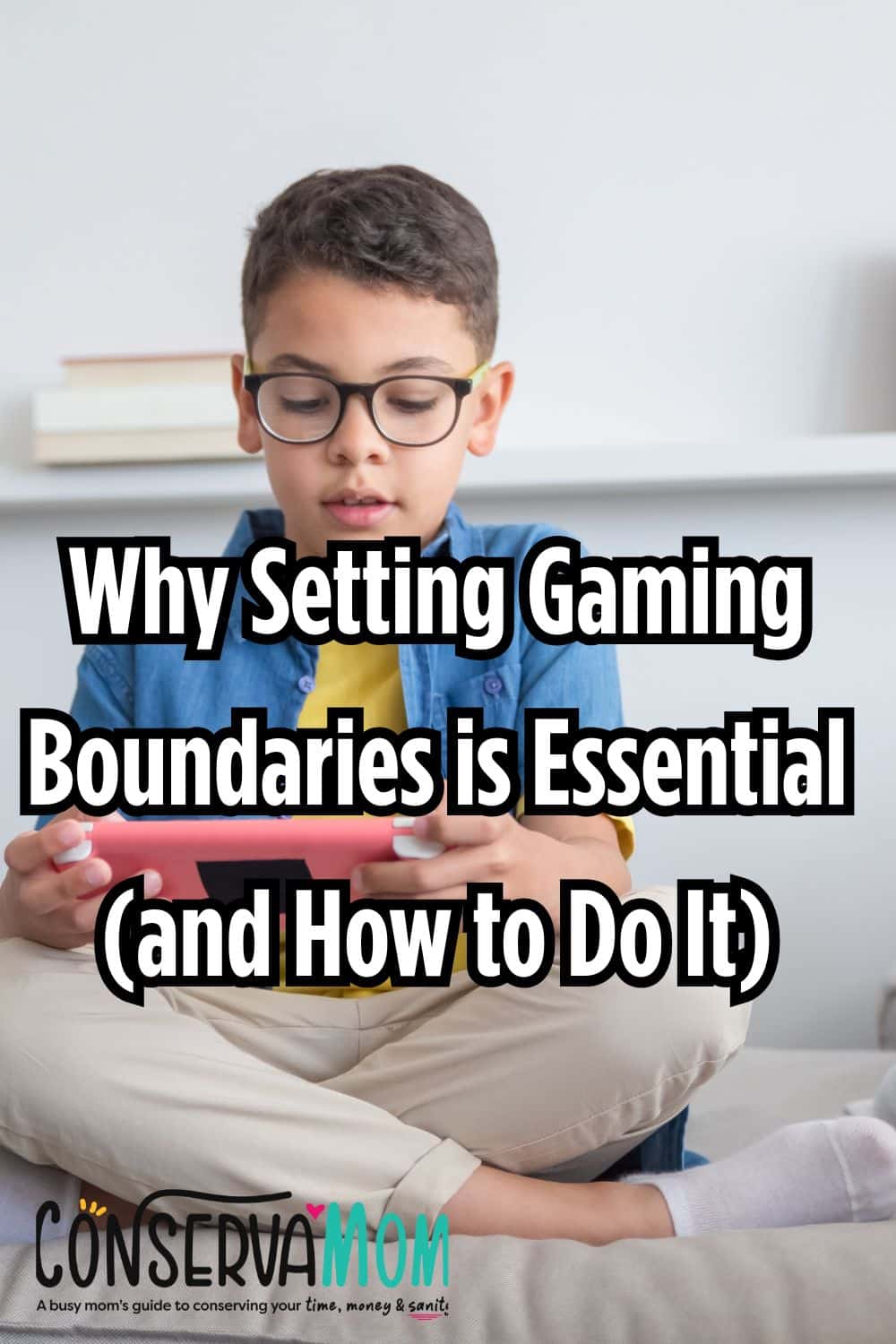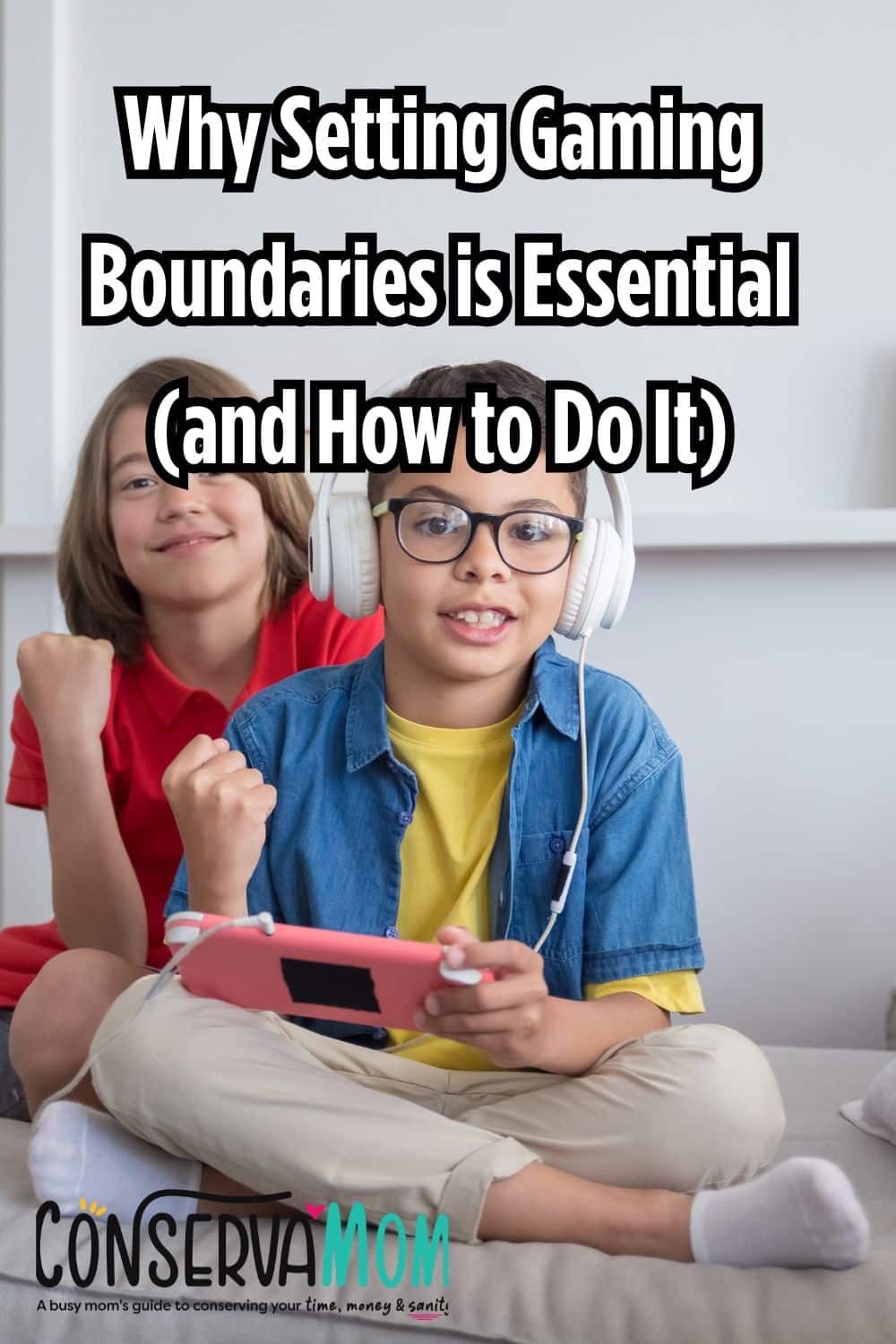Understanding the Potential Negative Impacts
It’s important to caveat this with the fact that no two children are alike, and some kids can exercise discipline in terms of their gaming habits, but generally, gaming can cause some of the following:
- Health risks such as poor posture, strain, and lack of sleep, which can interfere with other important activities in life.
- Inappropriate or violent game content can expose children to unsuitable material and potentially harmful online interactions such as cyberbullying.
- Prolonged gaming can negatively impact mental health, contributing to problems such as anxiety, aggression, or even depression.
- In-game purchases can also result in financial issues and a sense of what is known as compulsive spending.
The biggest issue these days is that gaming is a money-making machine that encourages repeated financial transactions. Going back 20 years ago, parents would purchase a game cartridge, and that would be the end of it; the game was contained there. But now, there’s a whole myriad of components associated with gaming, from in-app purchases to additional features typified by modded accounts, which is a practice where you can purchase essentially upgraded accounts.
Therefore, when we understand the potential negative impacts, we can set more effective boundaries, but we also need to remember that with the negative, there can be a lot of positives as we’ve already discussed, and it can also spark interest in learning opportunities, as well as being a valuable bonding experience.
Why Is Setting Gaming Boundaries Important?
There are many different reasons why setting gaming boundaries is critical for everybody, not just our children:
- We are preventing excessive screen time, which is a very common problem in the modern world. When we spend too much time on video games, we can miss out in other ways. Therefore, setting time limits can help to maintain a balanced lifestyle.
- Gaming is designed to trigger the brain’s reward pathways. This can lead to addictive behaviors, especially if your children are exhibiting signs of ADHD. Boundaries are in place to teach children self-regulation and moderation, which are not just applicable to gaming itself but are excellent life skills that can be transferred to other areas.
- It protects them against inappropriate content and online risks. Many games contain mature themes or actually allow interaction with strangers online, and therefore, these boundaries can ensure that your children are engaging with age-appropriate content and keeping your children safe from potential harm.
How Can We Set Realistic Gaming Boundaries?
If your child is already gaming and it’s the first thing they do when they wake up and the last thing they do before they go to sleep, it’s time to start working on realistic and actionable boundaries:
Involving your child in setting the rules is an excellent place to begin. Sitting down with your child and explaining that you are putting boundaries in place will not be met rapturously, but you can soften the blow by sitting down with your child and agreeing on when and for how long they can play video games. This collaborative approach means they are more likely to stick to the boundaries.
Understanding how much game time they should be having is key to setting the appropriate boundaries:
- Between two and five-year-olds should have no more than one hour per day of active co-viewing with a parent; this also includes television, and passive screen time should be avoided.
- Between six and 12, the upper limit to total screen time including gaming is no more than two hours per day, and we should be encouraging active educational screen time rather than passive entertainment.
- Between 13 and 18, less than 7.5 hours of total screen time per day; however, this does not include schoolwork.
Consistency is key
Be consistent with your rule-setting and use reminders and help your child to finish tasks before they stop, as this can ease the transition better; for example, they can finish their final round before they switch the device off. However, if rules are broken, you need to impose immediate consequences; for example, a temporary ban. We should always remember to follow the boundaries as a family, as this will model healthy habits. If you tell your child they can’t use their device, but you use yours, this will naturally cause them to state how unfair it is for them. We should do this as a family.
Encouraging alternative activities is essential because non-gaming options like outdoor play, board games, reading, or family time can be excellent things to do when devices are shut off. It can be very hard to deal with, especially if they’ve been used to a huge volume of gaming time, and this lack of stimulation all of a sudden can mean that they complain they are bored. Therefore, providing alternative activities can give them an abundance of options to choose from.
It is vital that we set gaming boundaries as soon as possible, especially with younger children. Most people think nothing of giving their children a tablet to keep them occupied. But the problem is when it spills over into the early signs of addiction. There’s nothing wrong with gaming and screen time in general. But we’ve got to be more than aware of our limits. Video gaming provides a variety of positives. But there are also so many negatives, and therefore, we need to encourage gaming as a balanced activity.


Leave A Reply!